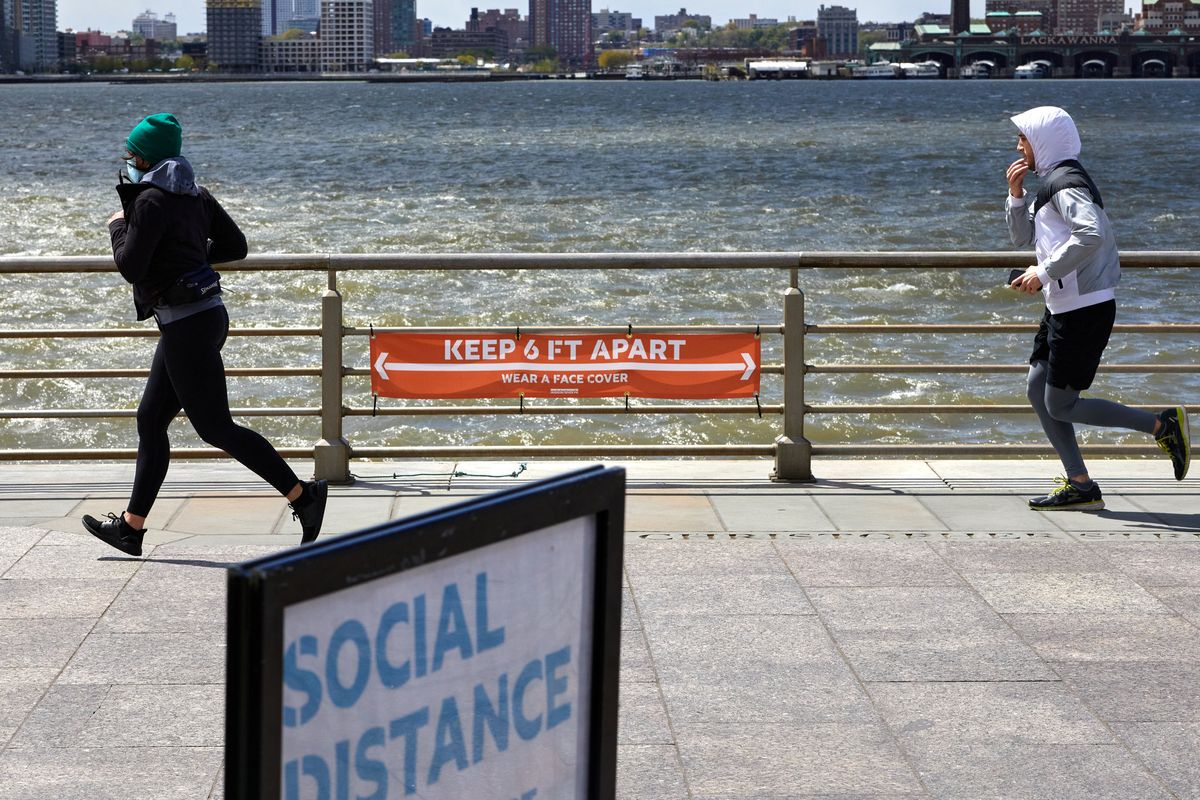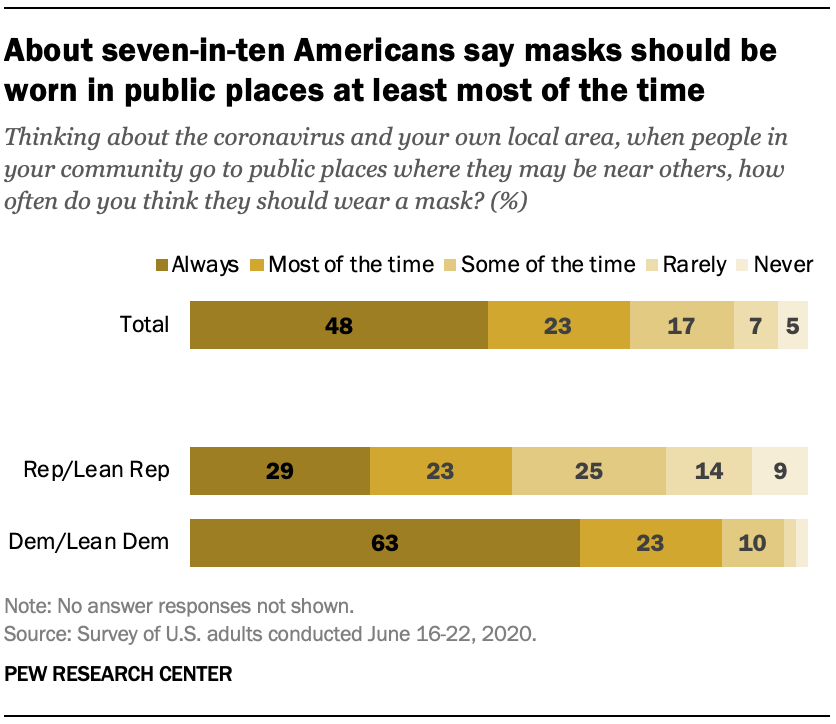Does the rise in COVID-19 cases reflect the United States’ partisan divide?

A few minutes every morning is all you need.
Stay up to date on the world's Headlines and Human Stories. It's fun, it's factual, it's fluff-free.
Ever since President Donald Trump labeled concerns over his handling of COVID-19 a “hoax,” the United States’ pandemic response has been deeply politicized. At times, the Republican president has publicly clashed with Democratic governors and mayors. Meanwhile, Republican state leaders have largely downplayed the virus’ severity in favor of keeping their economies open.
Now daily cases of COVID-19 are steadily climbing in almost every state, including in those that had previously experienced only mild outbreaks.
This partisan divide could make it difficult for the nation to effectively respond to the resurgence, with everything from face masks to medical treatments the subject of political debate. With states taking different approaches in their responses, might the political leanings of state leaders determine the severity of COVID-19 outbreaks?
The rising number of COVID-19 cases across America
For a brief window in May, cases of COVID-19 in the US were on the decline. But following the reopening of public spaces and increased gatherings during Memorial Day weekend, daily cases rose again, hospitalizations went up and by the end of June, Dr. Anthony Fauci, the US’s top infectious disease expert, was warning that the country could soon be facing 100,000 new cases a day.
The US has now surpassed three million cases and 130,000 deaths, a grim milestone that the Trump administration has downplayed as it encourages the country to return to business as usual.
Defying health advisers across the country who have advised against reopening, Trump has been insisting the country reopen for months. On July 6, he tweeted in all caps, “SCHOOLS MUST OPEN IN THE FALL!!!”
Trump has repeatedly stated that the only reason cases are going up is because the country is doing more testing. He has also said that deaths are way down and the US has the lowest mortality rate in the world, a fact that CNN disputed, finding that “among the 20 countries most affected by the virus, at least 14 have lower death rates than the US.”
Are political leanings determining COVID-19 cases?
According to NPR’s tracker of new cases, all but four states are currently seeing cases rise. Of the states with the highest percentage of increases in cases over the last two weeks, four (Louisiana, Kansas, Nevada and Delaware) have Democratic governors. The other six (Idaho, Florida, Georgia, Tennessee, South Carolina and Mississippi) have Republican governors.
Only two of the 10 states, Nevada and Delaware, have a Democratic-led legislature.
Furthermore, Reuters reported that on the Friday before the Fourth of July holiday weekend, seven states set new single-day records for daily cases: Alabama, Alaska, Idaho, Mississippi, North Carolina, South Carolina and Tennessee. Of those seven, only North Carolina has a Democratic governor and all seven states have Republican-led legislatures.
But likely more important than the political leanings of state leaders is the partisan divide within each state on the issue of wearing a mask.
A Pew Research Center poll released in late June found that 86% of Democrats said masks should be worn in public always (63%) or most of the time (23%). Only 52% of Republicans agreed, with just 29% saying masks should always be worn in public.

Though health experts initially advised the general public not to wear masks, there is now large-scale agreement that masks, especially if worn by most if not the whole population, can dramatically reduce the spread of COVID-19.
The coronavirus partisan divide
Much has been made of the political divide in the response to COVID-19. In the first months of the pandemic, Trump used his Twitter account to criticize “Democrat run” cities and states as they struggled to respond to both the pandemic and the resulting financial crisis.
No state exemplifies this more than New York. On April 17, Trump tweeted criticism of New York Governor Andrew Cuomo, a Democrat, after Cuomo called the national response “mayhem.” Trump said the governor was failing to do his job and chided him for requesting more ventilators than his state needed.
Cuomo fired back, explaining of the requested amount of ventilators, “The number came from a projection from him. So he should read the reports he issues. Were we foolish for relying on your projections, Mr. President?”
(New York has had by far the highest number of COVID-19 cases and deaths, but other states are catching up, specifically in terms of mortality rate.)
Trump has been far more willing to praise Republican governors. These have included Texas Governor Greg Abbott who, in May, the president praised for reopening his state’s economy and Florida Governor Ron DeSantis, who Trump said had “done a spectacular job in Florida.” Both governors have met with Trump at the White House in recent months.
The political leanings of the states
Of the 50 state governors, 24 are Democrats and 26 are Republicans. Most of the states which are led by Democrats are those that voted for former Secretary of State Hillary Clinton in the 2016 election, including California, New York, Washington and Illinois.
There are, however, some outliers, as Kansas, North Carolina and Wisconsin all have Democratic governors despite all three having voted for Trump in 2016.
The political leanings of state legislatures can be just as important as that of governors. Since the 2018 midterm elections, 37 state chambers lean Democratic, 61 lean Republican and one is shared by both parties.
Interestingly, when Democrats won the governorships in North Carolina and Wisconsin, their Republican-led state legislatures quickly voted to restrict the powers of the governors, actions that were later challenged in court.
Have a tip or story? Get in touch with our reporters at tips@themilsource.com




Comments ()